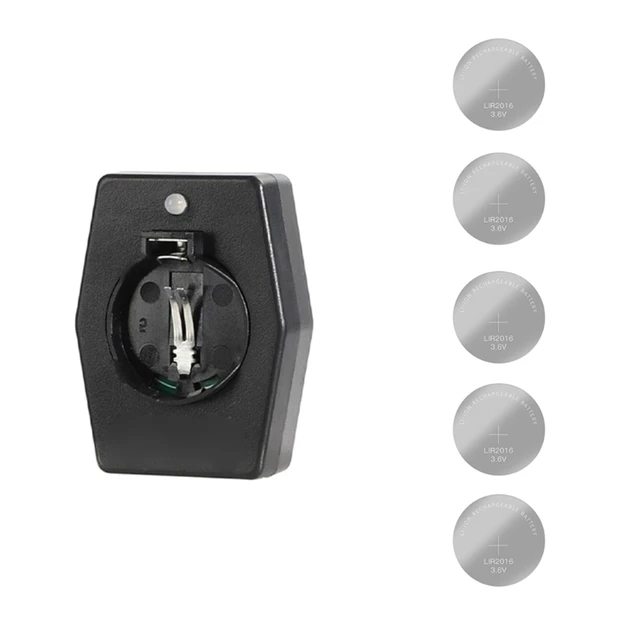 Introduction:
Introduction:
Button batteries, also known as coin batteries, are small, round, and flat batteries that are commonly used to power various electronic devices and household items. These batteries are compact and lightweight, making them ideal for small electronic devices such as watches, calculators, remote controls, and key fobs. In this comprehensive guide, we will explore what button batteries are, their common uses, and important safety considerations associated with these batteries.
Understanding Button Batteries
Composition and Size:
Button batteries are typically made of lithium or alkaline chemistry and are designed to provide a steady and reliable power source.
They are available in various sizes, including CR2032, CR2025, CR2016, LR44, and many more.
Common Uses:
Button batteries are used in a wide range of devices, including watches, hearing aids, remote controls, calculators, cameras, digital thermometers, and small toys.
They are also used in some medical devices, electronic car keys, and other portable electronics.
Lifespan:
The lifespan of a button battery depends on factors such as the device it is used in and the power consumption of that device.
On average, button batteries can last from several months to a few years before needing replacement.
Safety Considerations with Button Batteries
Swallowing Hazards:
One significant safety concern associated with button batteries is the risk of swallowing.
Button batteries are small enough to be mistakenly ingested by young children or individuals with cognitive impairment, posing serious health risks.
Chemical Reactions:
Button batteries consist of a positive and negative terminal separated by a thin layer, which can be compromised if the battery is damaged.
When damaged and in contact with body fluids, button batteries can cause a chemical reaction, leading to the release of caustic substances that can damage internal tissues.
Potential Injuries:
If swallowed or inserted into body cavities, button batteries can cause severe injuries, including internal burns, tissue damage, or even death.
It is crucial to seek immediate medical attention if a button battery is swallowed or inserted in any part of the body.
Using and Handling Button Batteries Safely
Storage:
Keep batteries in their original packaging or store them in a separate container to prevent contact with other metal objects.
Battery Replacement:
When change button batteries, handle them with dry hands and avoid touching the positive and negative terminals simultaneously.
Ensure that the correct battery size and chemistry are used to prevent damage to the device.
Disposal:
Dispose of used button batteries properly according to local regulations or guidelines.
Many communities have established local battery recycling programs to ensure safe disposal and minimize environmental impact.Warranty is available if the battery is covered by warranty.
Promoting Button Battery Safety Awareness
Education:
Educate yourself and others about the potential hazards of button batteries, especially for young children and individuals at risk.
Spread awareness about safe handling, storage, and disposal practices to prevent accidents and injuries.
Safety Measures:
Consider using products with child-resistant battery compartments whenever possible.
Use tape or secure covers on devices that use button batteries to prevent accidental access.
 Conclusion:
Conclusion:
Button batteries are widely used power sources for small electronic devices and household items. Understanding their composition, common uses, and safety considerations is crucial to ensure safe handling and prevent accidents. The risk of swallowing or inserting button batteries highlights the importance of proper storage, handling, and disposal practices. Always prioritize safety when using and disposing of button batteries to protect yourself, your loved ones, and the environment.








